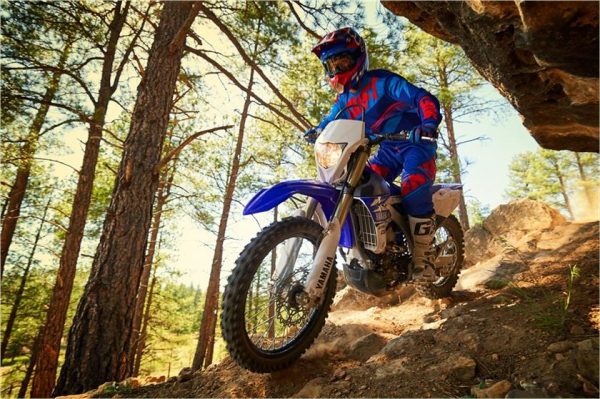Motocross bikes may be the most specialized dirt bikes for a particular task, and dual sports may offer the luxuries of road and off-road travel, but only true trail bikes are tailored to the conditions that manifest themselves in the expanses of nature.
Sometimes marketed as simply “off-road” or even “enduro,” these five-speed trail bikes are best suited to…








